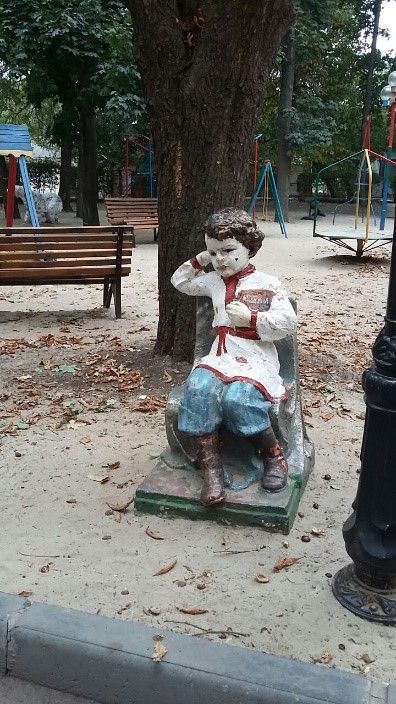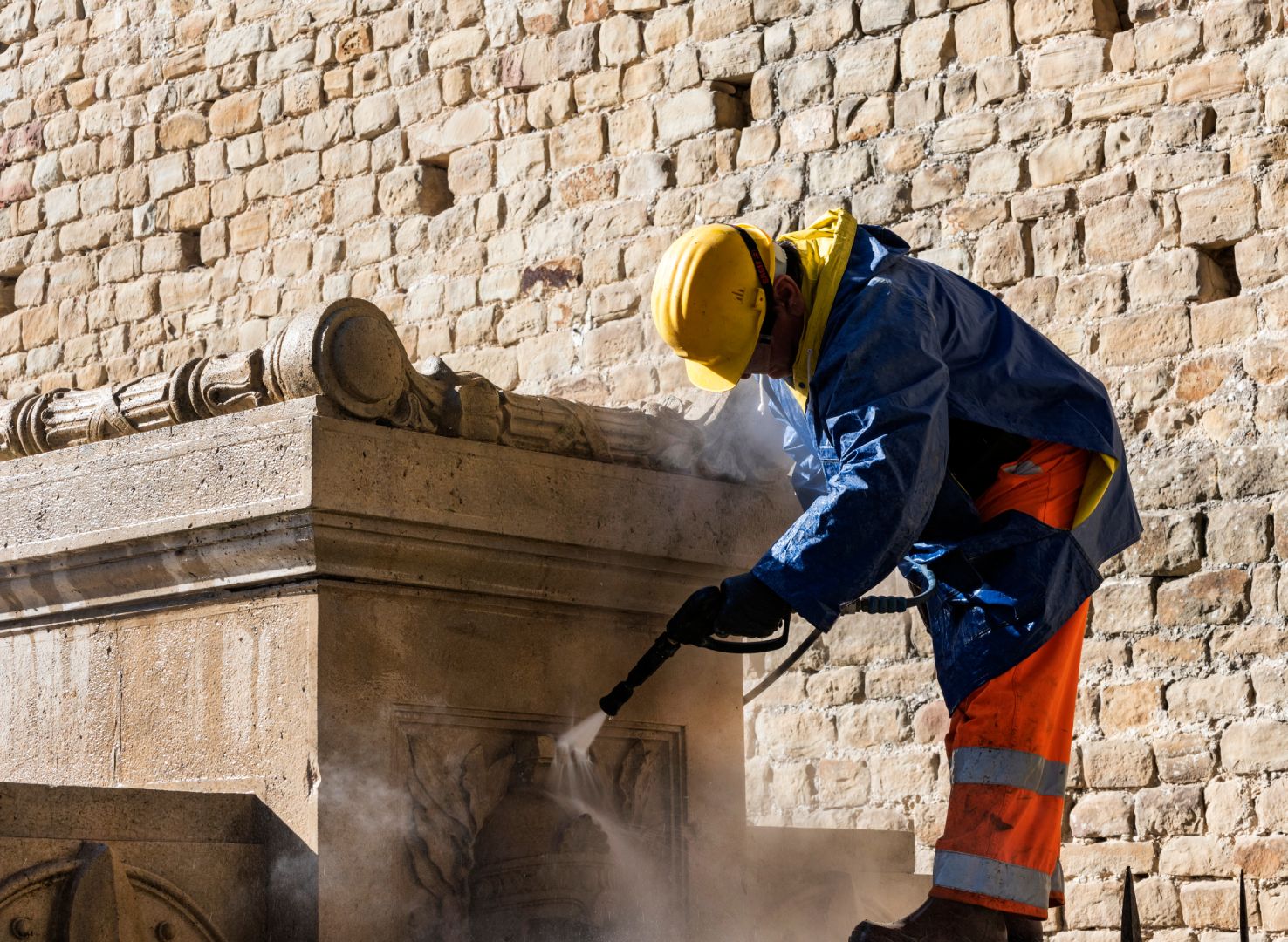Supporting Democracy - Questioning our statues and monuments
Newsletter

Alina Cherviatsova conducts research on human rights and memory studies. To her, European States play the main role in the legal regulation of collective memories, prescribing by law (‘memory’ or ‘memorial laws’) what should be remembered and how. To help Member States navigate the troubled waters of monument protests, she is currently working on guidelines aiming at addressing this issue.
Alina Cherviatsova in her own words
I am an MSCA Fellow at the Ghent University, Faculty of Law and Criminology, Human Rights Center, Programme for Studies on Human Rights in Context.
I am originally from Ukraine. Prior to MSC Fellowship, I was an associate professor at the V.N. Karazin Kharkiv National University, where I lectured on comparative public and international law and was an academic coordinator for three Jean Monnet Modules.
As a Ukrainian legal scholar and researcher, I am coming from a post-Soviet system of legal education that tends to be self-centred and insular. To go beyond Ukrainian legal academia and develop the skills of international researchers, I have participated in different international programmes.
In 2016, I received the Georg Forster Research Fellowship from the Alexander von Humboldt Foundation. In 2019-20, I was granted research fellowships from the University of Turin and the Max Planck Society for European Legal History, as well as a renewal Humboldt Fellowship.
They are everywhere: on our streets, at the local parks or inside public buildings. Commemorating the actions of great men and women of our history, monuments can sometimes express a more symbolic message. Statues and monuments are therefore part of our collective memories.
In summer 2020, spontaneous demolitions of monuments related to the colonial past arose in the United States and in some countries within Europe. And those events resonated with Alina’s research on memory policy and personal experience in her country. “Ukraine’s Euromaidan in 2014 was accompanied by the so-called ‘Leninopad,’ or ‘Lenin fall,’ when Lenin’s monuments and other communist symbols were toppled down,” she explains.
Monuments as bridges between the past and the present
Those protests made her realise that monuments, with their strong symbolic meaning, are not only about the past, but also about the present, reflecting a society’s understanding of itself, its values, priorities and hopes. “Monuments can be used as a lens to analyse States’ memory policies, and the fall of monuments means a tectonic shift in historical narratives, as well as a deep social conflict,” she adds.

Those reflections led our fellow to draft the first sentence of her project: ‘When the past is contested, the monuments are the first to be destroyed’ and to frame a research question: ‘Over centuries, the totalitarian regimes removed the monuments they did not agree with. Should the democracies then follow this path?’
Developing a taxonomy
This is how Alina’s MSCA project, MELoDYE started in May 2021. Currently working on its first implementation’s stage, Alina is conducting research on a taxonomy related to the main European memory conflicts and memory wars.
According to the historical and political context, Alina has identified several groups of ‘controversial’ monuments:
• monuments associated with the communist past (Lenin, Stalin, Dzerzhinskiy, etc);
• monuments related to the legacies of the Second and First World Wars (Soviet military graves) in countries of the former Soviet Union;
• monuments to anti-Soviet fighters, ‘national leaders’ who, at the same time, collaborated with the Nazis;
• monuments associated with the colonial past and racial discrimination;
• monuments related to the glory of the past whose sense of national belonging is contested (the confrontation between Greece and North Macedonia over the legacy of Alexander the Great is an example).

Defining guidelines to address monuments’ contestations
For Alina, analysing different practices on dealing with controversial monuments from all around the world makes it possible to define several guidelines needed to address the monument controversies. Therefore, several solutions can be put in place, such as retaining the status quo, contextualising (for instance, explaining a new symbolic meaning of a monument), altering a monument’s original meaning or use, creating counter-monuments, relocating the monument, removing it from the public space or destroying it.
In this context, the MELoDYE project will establish a set of principles to guide decision-makers on what to do with controversial monuments to ensure transparency, social justice and protection of cultural heritage.
Alina is happy to share some publications related to the project such as Smothered by Russia’s Brotherly Embrace and Controlling the Past: the recent developments in Russia’s memory policy.
In her own words: the MSCA journey has just started, and the adventure is to be continued…
Aurélia Chaise
MCAA Editorial Team